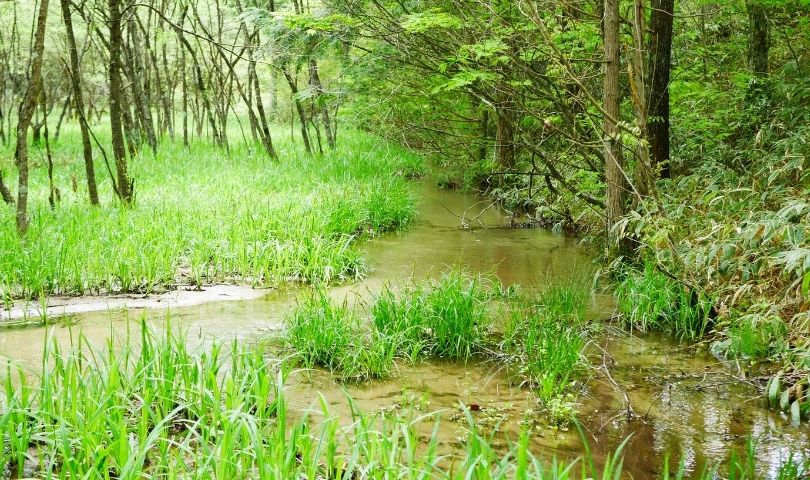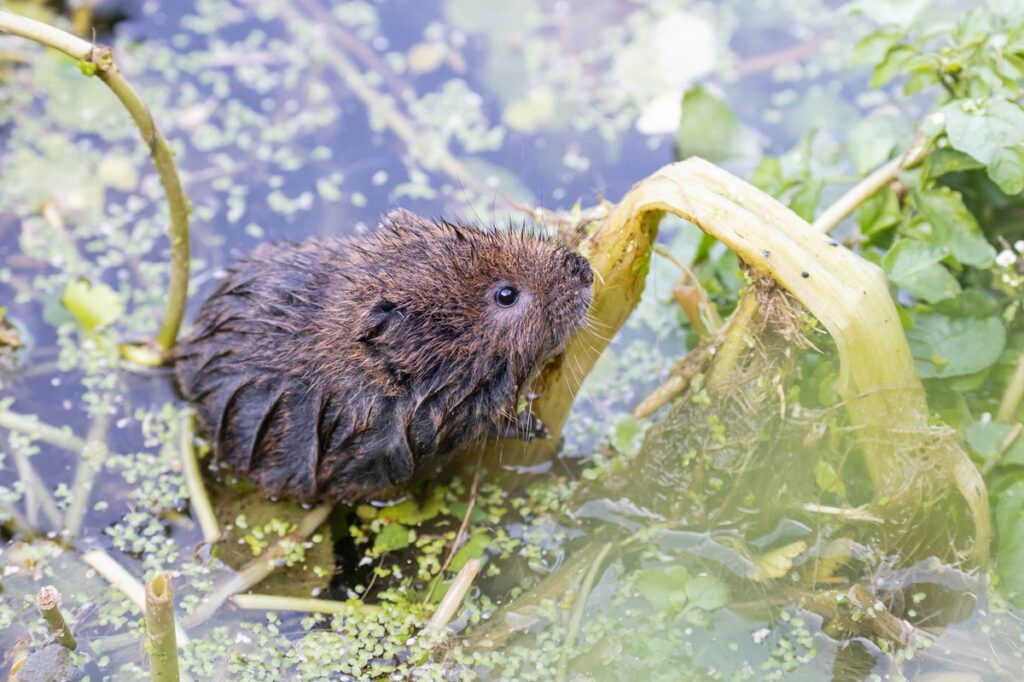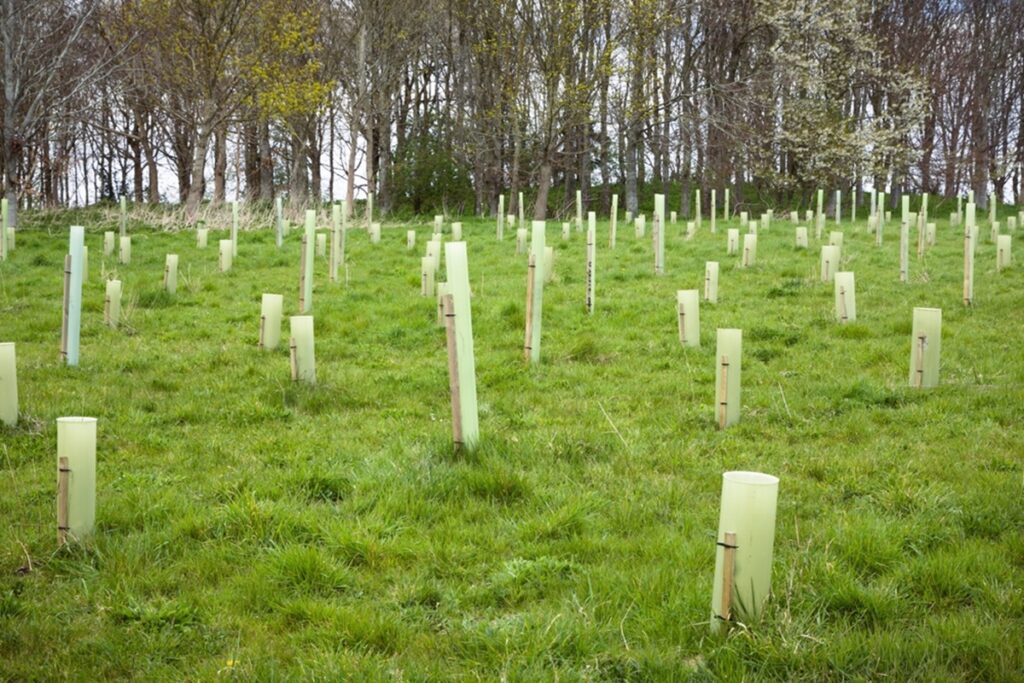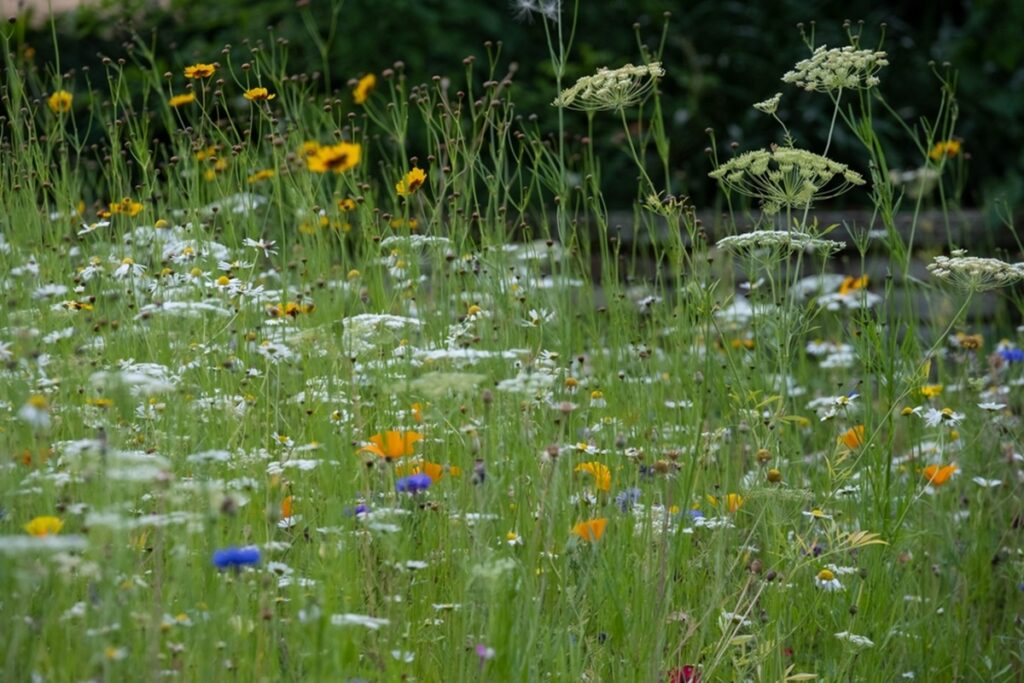Understanding Biodiversity Net Gain in East Sussex
With the Environment Act 2021 now in effect, all new developments must demonstrate a measurable increase in biodiversity. Since February 2024, most planning applications in the county are legally required to deliver at least a 10% net gain in biodiversity, using the statutory Biodiversity Metric.
This means that every project, from housing schemes in Hastings or Eastbourne to rural developments in the High Weald, must first measure existing biodiversity, calculate predicted ecological value after development, and then set out how the mandatory 10% uplift will be achieved.
Where this cannot be delivered entirely on-site, developers must secure biodiversity units off-site within the county or, as a last resort, purchase statutory biodiversity credits.

Key Ecological Priorities in East Sussex
East Sussex is home to a wide range of habitats and species, making biodiversity net gain particularly significant. The county includes the High Weald Area of Outstanding Natural Beauty (AONB), ancient woodlands, chalk downlands, river valleys, and internationally important coastal habitats. Sites such as Ashdown Forest, Pevensey Levels, and Rye Harbour Nature Reserve hold national and international designations due to their importance for rare species and migratory birds.
Protected species commonly associated with development sites in the county include bats (especially in ancient woodlands and historic buildings), dormice, great crested newts, water voles, badgers, and breeding waders along the coast. Local Nature Recovery Strategies also highlight the importance of enhancing woodland connectivity, restoring chalk grasslands, and protecting freshwater wetlands.
Any biodiversity net gain bng plan must therefore take into account these ecological priorities to satisfy local planning authorities, which are also aware of the wider benefits of the natural world such as combating climate change and improving air quality.

Producing a Biodiversity Net Gain BNG Report
The process of producing a bng report report begins with a baseline habitat survey. Ecologists use the Biodiversity Metric to assess the type, condition, and distinctiveness of habitats across the development site.
Next, the proposed development layout is analysed to calculate projected biodiversity value post-development. This includes habitat creation, landscaping, and the management measures needed to secure long-term gains. If the calculations fall short of the statutory 10% increase, the report will recommend further enhancements such as new woodland planting, wetland restoration, or hedgerow creation to leave the site in a measurably better state post development.

How Biodiversity Net Gain is Delivered Locally
On-site habitat enhancement is always the preferred method of delivery. In East Sussex, this often means restoring chalk grasslands, creating wildflower-rich meadows, rewetting floodplain habitats, expanding woodland cover, or planting and connecting hedgerows.
Where on-site delivery is not possible, developers may purchase biodiversity units from habitat banks within the county, ensuring the gains benefit local ecosystems. Statutory biodiversity credits are available only where no other solution exists.

Biodiversity Net Gain and Protected Species
Because of the county’s ecological richness, biodiversity net gain is frequently linked to protected species assessments. Given the prevalence of bats, dormice, and great crested newts in the county, these assessments often run alongside the BNG process to ensure compliance with both biodiversity net gain legislation and protected species laws.
Streamline Surveys
Planning applications may require bat surveys, dormouse surveys, reptile assessments, or water vole surveys, depending on the site.
Commissioning these surveys at an early stage helps to avoid delays, ensures mitigation measures are integrated into the development, and allows the BNG strategy to align with the wider mitigation hierarchy: avoid, minimise, restore, and compensate.

What a BNG Plan Covers
A biodiversity net gain plan provides a clear framework for how development projects will deliver measurable ecological improvements. It includes a baseline ecological survey and Biodiversity Metric calculations; post-development projections, showing how the 10% net gain will be achieved; new habitat required, restoration of existing habitats and enhancement proposals and a land management plan to secure biodiversity benefits for at least 30 years, as required by law.
Local planning authorities will also expect the plan to demonstrate alignment with the county’s ecological priorities, particularly the protection of chalk grasslands, ancient woodlands, wetlands, and coastal habitats.

Expert Support for Biodiversity Net Gain
Our team of experienced ecologists provides expert bng reports for developers, planners, and private landowners. We carry out baseline surveys, statutory Biodiversity Metric assessments, and new habitat plans to ensure full compliance with UK government planning policy and the requirements of local planning authorities.
Whether you are submitting a large housing application in Lewes or Hastings, or seeking planning permission for a smaller rural project, we offer tailored BNG strategies to meet mandatory bng requirements and protect the county’s valued habitats. Where necessary, we can also arrange access to off-site biodiversity units and conservation covenants.

Request a Free Quote for a BNG Report in East Sussex
If you require a biodiversity net gain assessment, our ecologists can provide a clear, fully compliant plan to support your planning application. From initial site survey through to final report submission, we ensure your project meets the 10% net gain target and leaves the natural environment in a measurably better condition.
To request a free quote contact us today for further details. By integrating biodiversity net gain East Sussex into your project from the start, you will ensure compliance with the Environment Act, enabling you to secure planning permission and deliver long-term ecological benefits across the county.